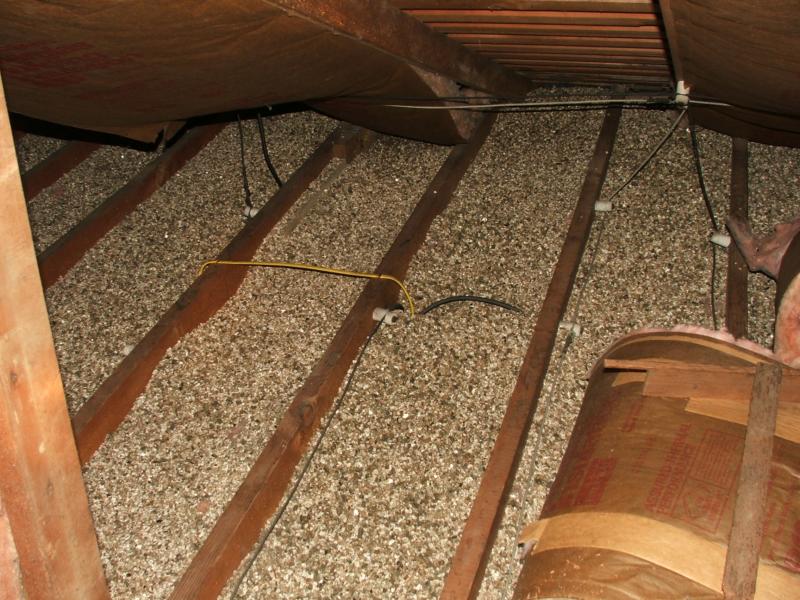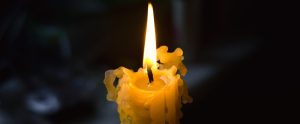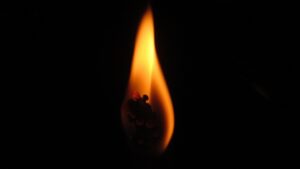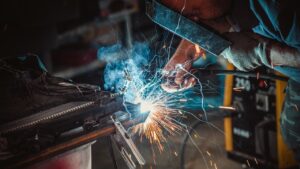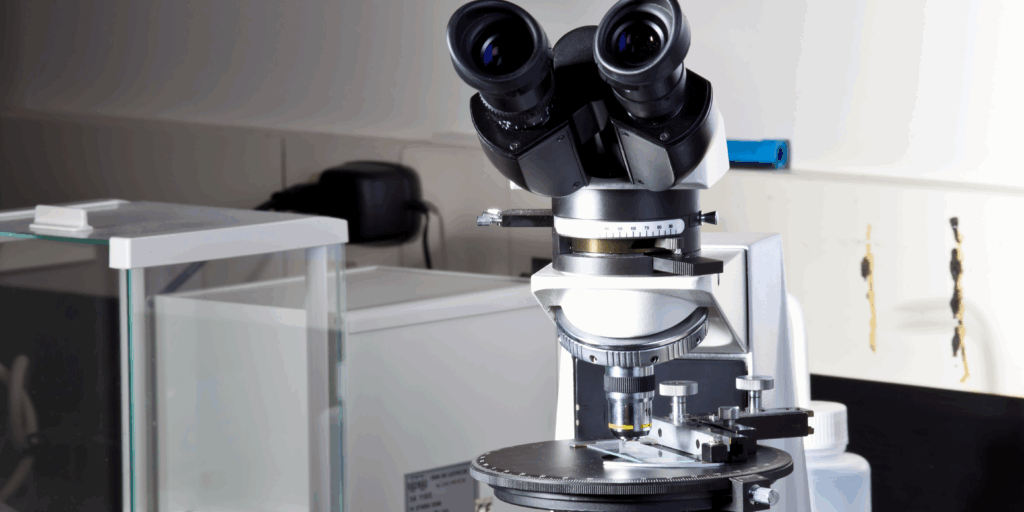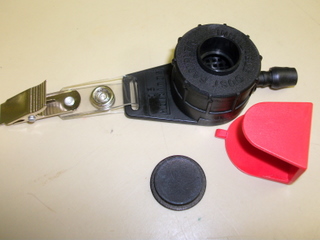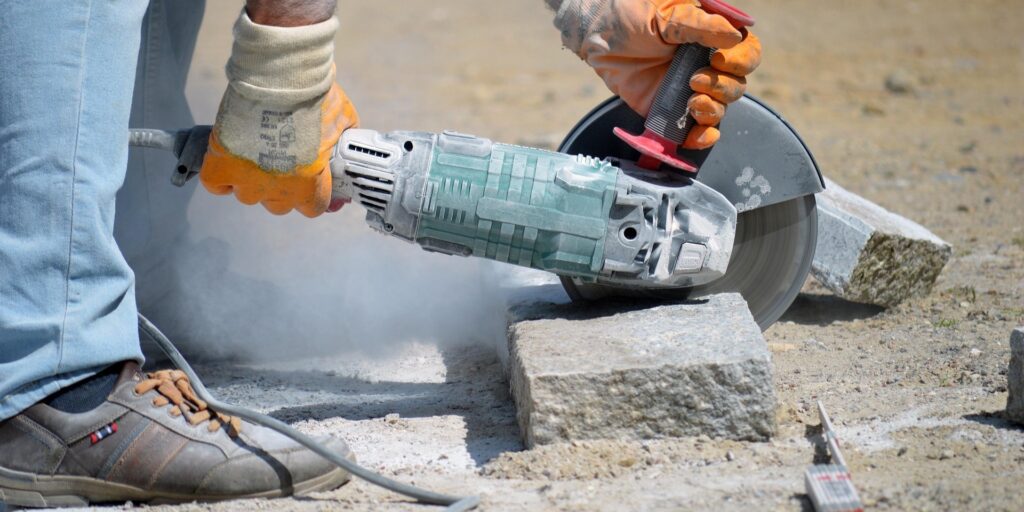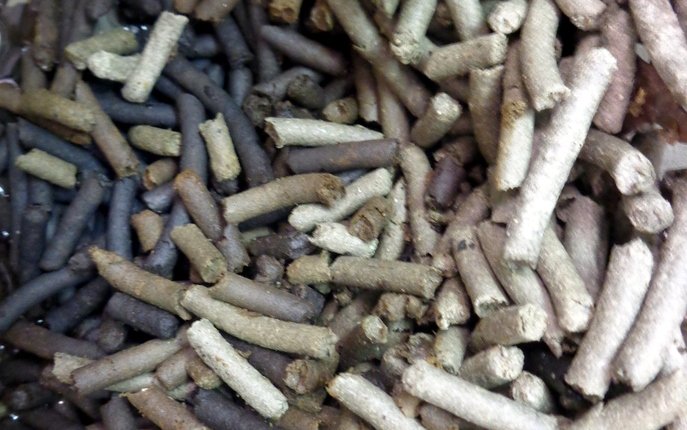LCS Laboratory Inc. offers specialized chemical testing services to identify hazardous materials, contamination, and indoor air quality issues in residential properties. 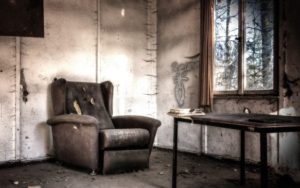
When purchasing or inspecting a home, understanding its chemical safety profile is essential. Our testing services are designed for safety professionals, home inspectors, real estate agents, and homebuyers. By identifying potential risks, we help clients make informed decisions, protect occupants’ health, and comply with health and safety standards.
Technical Details of Our Testing Services
Hazardous Construction Materials
- Asbestos: Common in Canadian homes built before 1985, asbestos was widely used in construction materials. While stable when undisturbed, asbestos poses severe health risks during renovations. Testing is vital before starting any work.
- Vermiculite: Often used for insulation, some vermiculite products are contaminated with asbestos. Testing ensures safe handling and peace of mind.
- Lead: Historically a key ingredient in paints, lead poses environmental and health hazards when disturbed. Our lab can analyze paint chips for lead content.
- Urea Formaldehyde Foam Insulation (UFFI): A retrofitting material known for emitting formaldehyde, a carcinogen.
- Coal Tar: Used in roofing and water barriers, coal tar emits carcinogenic Polycyclic Aromatic Hydrocarbons (PAHs), even decades after installation.
Property Contamination
- Lead Dust: A common residue from paint removal, lead dust is highly regulated and harmful, particularly to children.
- Mould Stains: Indicators of water damage, mould spores can cause allergic reactions.
- Nicotine: Useful for determining recent smoking activity, nicotine testing can validate claims of a non-smoking property.
- PAHs: Formed during combustion, these compounds are toxic and carcinogenic.
- Pet Allergens: Testing for pet hair and bio-dust confirms whether a home is genuinely “pet-free.”
- THC: Surface testing for tetrahydrocannabinol can reveal evidence of marijuana smoke exposure.
Indoor Air Quality Testing
Indoor air quality significantly impacts health and well-being. Our laboratory works alongside professional air quality specialists to test for:
Contact Us
If you need expert testing services to ensure the safety and compliance of residential properties, email us today. Let LCS Laboratory Inc. support your safety initiatives with our industry-leading testing solutions.

